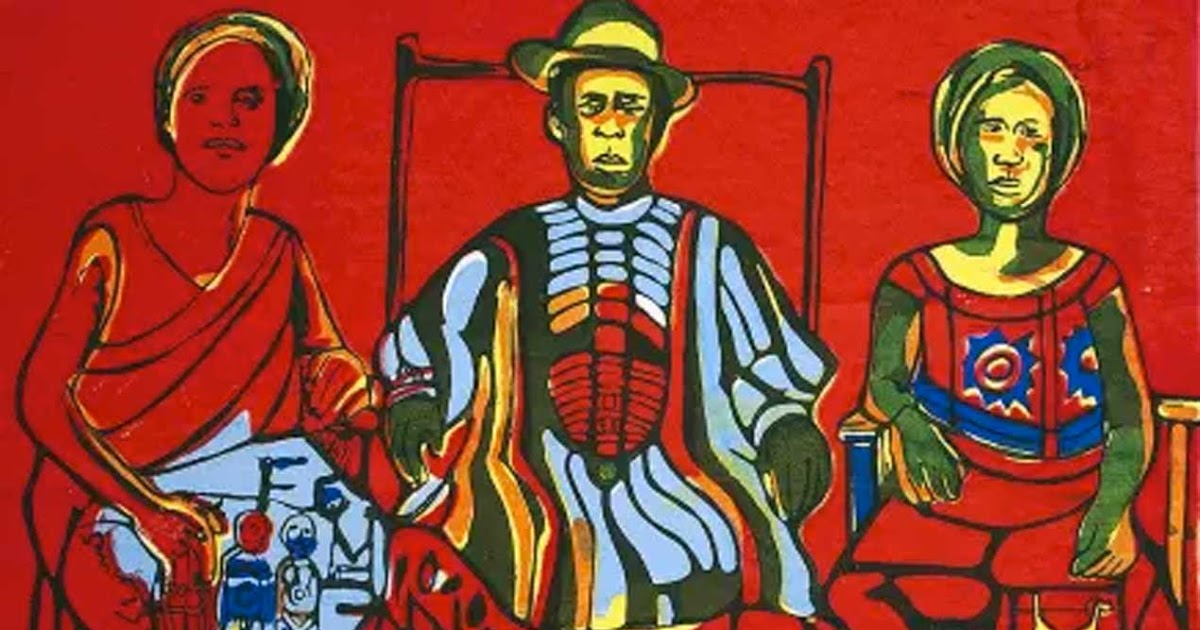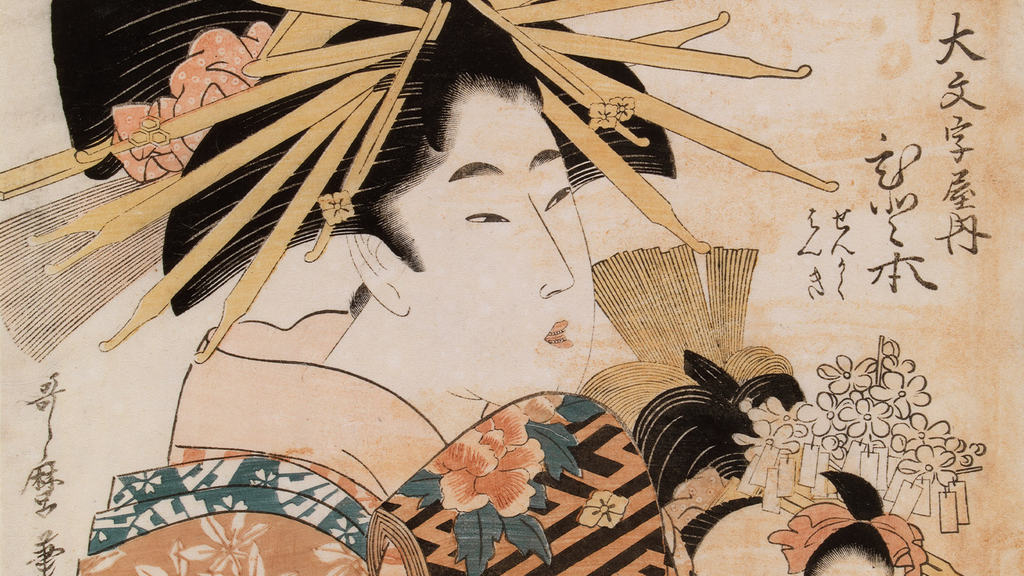In the mid-20th century, Nigeria’s Osogbo Art Movement emerged as a powerful response to the cultural erosion caused by colonialism and religious iconoclasm. As traditional Yoruba art faced destruction under the spread of Christianity, which deemed indigenous artifacts as idolatrous, a group of visionary artists sought to reclaim and reinterpret their heritage. By blending traditional Yoruba aesthetics with contemporary artistic techniques, they not only preserved their cultural identity but also introduced it to a global audience.
The movement was characterized by its innovative fusion of past and present. Artists like Twins Seven-Seven and Susanne Wenger drew inspiration from Yoruba mythology, rituals, and symbolism, infusing their works with vibrant colors and dynamic forms. Their creations served as a bridge between generations, ensuring that the rich tapestry of Yoruba culture remained alive and relevant. This artistic renaissance also played a crucial role in challenging Western perceptions of African art, showcasing its depth, complexity, and contemporary significance.
Today, the legacy of the Osogbo Art Movement endures, influencing artists both within Nigeria and internationally. It stands as a testament to the resilience of cultural traditions and the transformative power of art in reclaiming and celebrating identity. By honoring their roots while embracing innovation, the artists of Osogbo have ensured that Yoruba heritage continues to thrive in the modern world.





